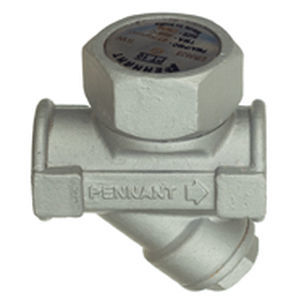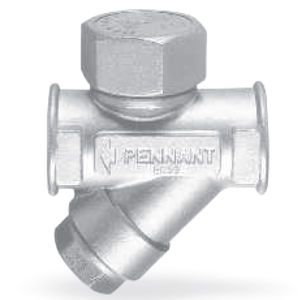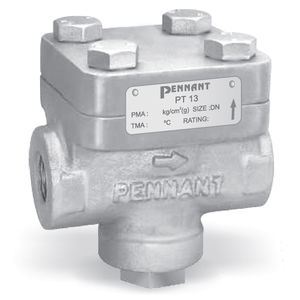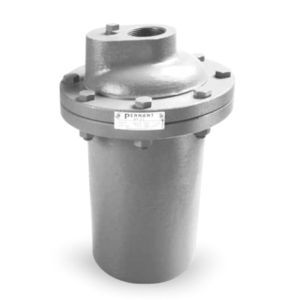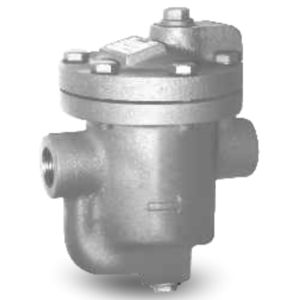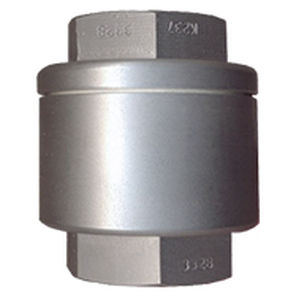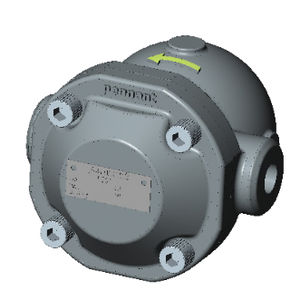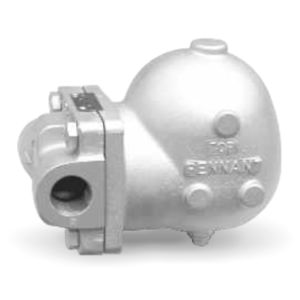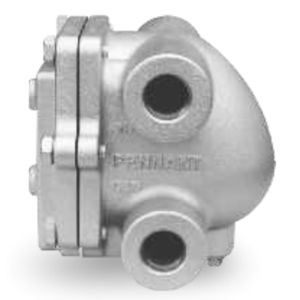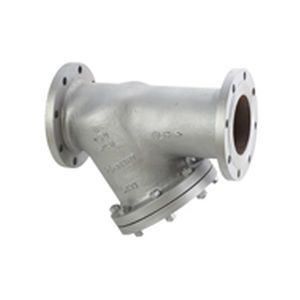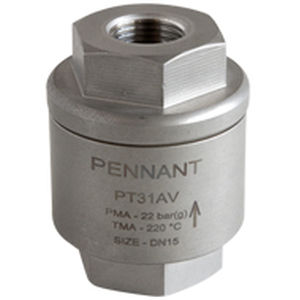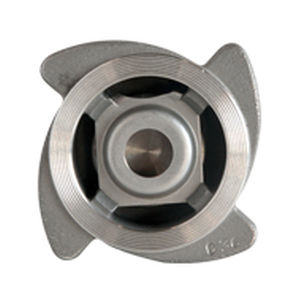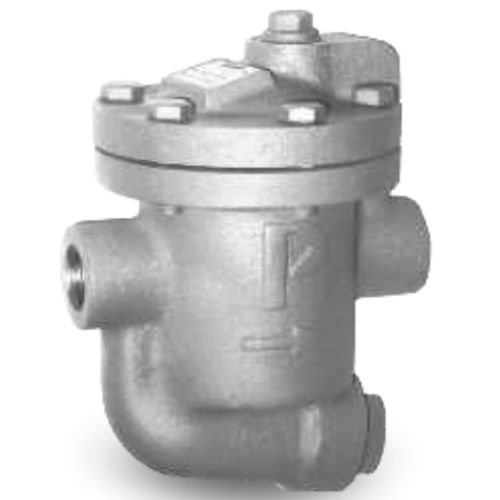
- Hydraulics - Pneumatics
- Filter and Separator
- Condensate drain
- Pennant Engineering
Condensate drain PT23automaticfloat
Add to favorites
Compare this product
Characteristics
- Medium
- condensate
- Operational mode
- automatic
- Type
- float
- Operating pressure
11 bar, 13 bar, 14 bar
(159.54 psi, 188.55 psi, 203.05 psi)- Discharge capacity
280 kg/h, 390 kg/h, 565 kg/h
(617 lb/h, 860 lb/h, 1,246 lb/h)- Operating temperature
220 °C
(428 °F)
Description
Inverted bucket steam traps work on buoyancy principle. As the name says, the mechanism consists of an inverted bucket with small hole for air vent on top of it, bucket connected to a valve by a lever.
At the initial position the inverted bucket stays in lowermost position, once condensate enters the steam trap it flows through the bottom of the bucket filling the body, flows through the outlet.
Once the steam enters the trap, it is caught inside the bucket, it makes the bucket buoyant. The bucket then raises and shuts the valve.
The trap remains shut till the steam condenses reducing the buoyancy of the bucket, the bucket then sink, pulls off valve and the condensate discharges through the outlet.
FEATURES
Discharge condensate intermittently at steam temperature
Pennant inverted bucket steam traps are designed to withstand higher pressures and superheated steam.
These traps can operate well against back pressures.
Resistance to damage against freezing.
Can withstand water hammer.
The valve and valve seat are hardened by a special induction hardening process to withstand continuous, prolonged operation.
LIMITATIONS
Water seal must always be maintained to ensure proper operation
Cannot discharge condensate as it forms. There is always upstream condensate built-up.
If bucket vent is blocked, the trap gets locked.
Trap must be installed with Bucket in vertical direction to allow free operation.
The trap should be installed below the equipment to be drained, otherwise the prime may be lost affecting the trap operation.
Sudden inlet pressure reduction or Superheated steam may damage water prime.
Catalogs
No catalogs are available for this product.
See all of Pennant Engineering‘s catalogsOther Pennant Engineering products
STEAM TRAPS & PIPELINE ACCESSORIES
Related Searches
*Prices are pre-tax. They exclude delivery charges and customs duties and do not include additional charges for installation or activation options. Prices are indicative only and may vary by country, with changes to the cost of raw materials and exchange rates.


